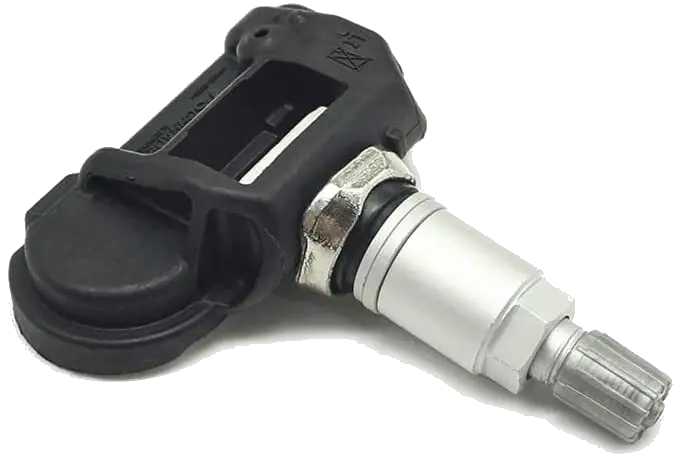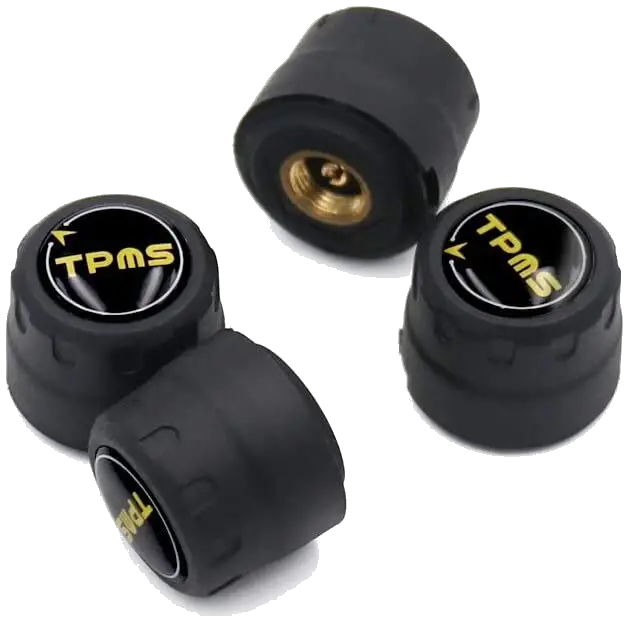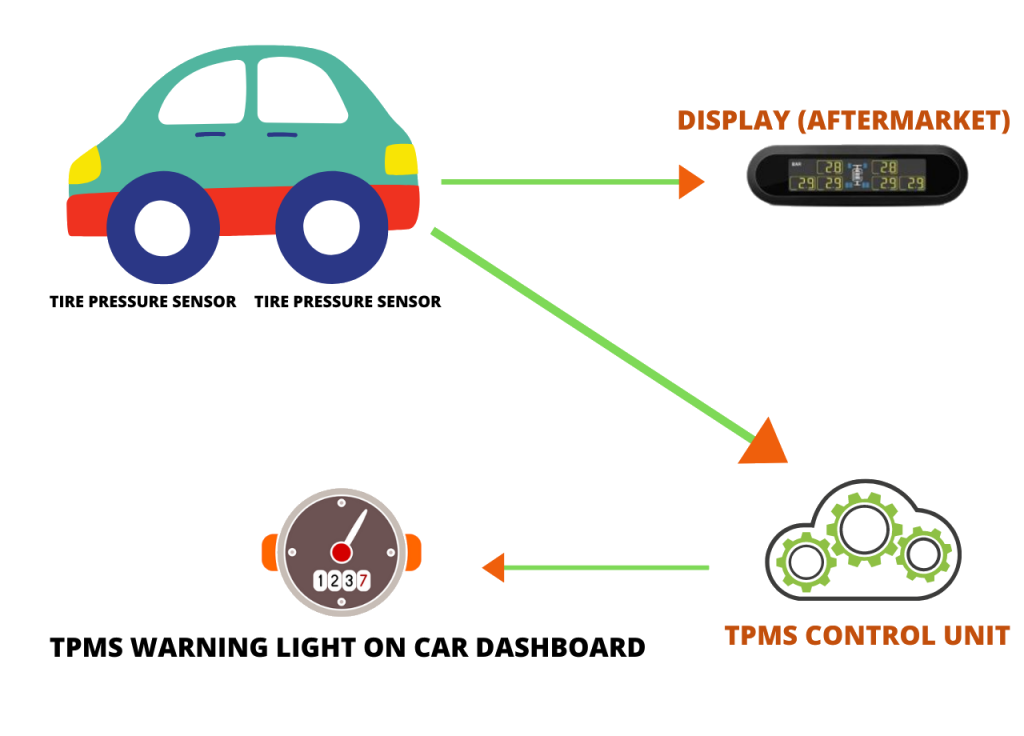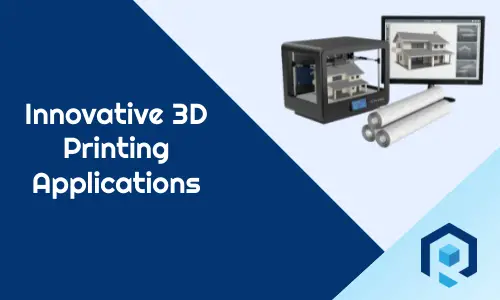Do you know that if your car tires do not have sufficient air, it can make your car burn more fuel? It can cause an unstable ride, a tire burst, and even death. That is why having a perfectly inflated tire is really important.
But how do you know if your car tire is under-inflated? It is not practical to check your car tire pressure every day. Right? That is why modern cars come with TPMS ( Tire Pressure Monitoring System). Let’s learn more about TPMS and how it works in this article.
TPMS in cars is mandatory in many countries like the USA and European countries but in some countries like India, it comes only with high-end vehicles. TPMS usually comes factory-fitted, but if you want you can also buy aftermarket TPMS and install it in your car.
What is TPMS ( Tire Pressure Monitoring System)
TPMS or Tire Pressure Monitoring System is an electromechanical device used in automobiles to monitor and alert drivers about low tire pressure or show the tire pressure digitally on the screen to take corrective action.
Usually, budget cars get just a warning light if TPMS detects any issue with the tire pressure. High-end cars come with a digital display that shows the tire pressure of each tire digitally on a screen.

Function Of TPMS
- To monitor tire pressure
- To alert drivers about under-inflated tires
- Indirectly helps in increasing fuel economy.
- Reduce tire burst and accidents
Types of TPMS
There are two types of Tire Pressure Monitoring System ( TPMS)
- Indirect Tire Pressure Monitoring System (iTPMS)
- Direct Tire Pressure Monitoring System (dTPMS)
Indirect Tire Pressure Monitoring System (iTPMS)
Indirect Tire pressure Monitoring System does not use any device or sensor to measure and monitor the tire pressure.
iTPMS gets data from different sensors like wheel speed sensors, accelerators, etc., through ABS or ESC systems. The TPMS software then analyzes those data to find out if the tire is under-inflated or not
Basically, when a tire is under-inflated, the diameter of the wheel gets reduced, the angular velocity gets increased, and the amount of distance the wheel can travel with the same amount of accelerator pressure is also gets reduced.
ABS or ESC system can find these key differences of data from the sensor and pass it on to TMPS. TPMS software then analyzed the data and gives an alert if the tire is underinflated.

Data from iTPMS is always far from accurate. The reason is that the way different sensors get data from wheels is highly influenced by different conditions like ambient temperature, type of road, vehicle speed, etc.
When there are so many variables involved, getting correct data from iTPMS is very unlikely. But manufacture use iTPMS as it is cheap, no separate device required, and easy to implement.
Since iTPMS does not use any separate device or hardware or does not give real-time data, drivers need to reset the warning every time the tire pressure is corrected.
Advantages of Indirect Tire Pressure Monitoring System ( iTPMS)
- Cheap and easy to install
- Low maintenance as no separate hardware required.
- Aftermarket installation is possible.
Disadvantages of Indirect Tire Pressure Monitoring System (iTPMS)
- Data is not accurate
- Depends on multiple sensor data
- Need to reset every time the tire pressure is corrected.
Direct Tire Pressure Monitoring System (dTPMS)
Direct Tire Pressure Monitoring System (dTPMS) uses physical sensors in tires to get tire pressure data. The sensor is mounted inside the valve or sometimes outside of the wheel if it’s an aftermarket product.
Data collected by those sensors are sent wirelessly to central control unit. The data is then evaluated by the central control unit and send ir to the car computer for display.


iTPMS sensors are battery powered. So you need to periodically open the wheel valve to replace the TPMS battery.
dTPMS gives real-time data and can monitor the tire pressure even when the vehicle is not moving which is not possible in the case of iTPMS. Some dTPMS also give the data of wheel temperature.

Key components of Direct Tire Pressure Monitoring System
- TPMS Sensor
- Analog to digital converter
- Microcontroller
- System controller
- Oscillator
- Radiofrequency transmitter
- Low-frequency receiver
- Voltage regulator
Advantages of Direct Tire Pressure Monitoring System
- Gives real-time accurate data
- Has a dedicated sensor. No dependency on multiple sensors
- Tire pressure can be monitored even when the vehicle is not moving.
- Individual tire pressure can be monitored.
Disadvantages of Direct Tire Pressure Monitoring System
- Very costly compared to iTPMS
- Need to open the wheel valve to replace the battery of the TPMS
- dTPMS sends a radio signal to communicate with the car.
Conclusion
Having a TPMS in cars is essential nowadays as it helps in reducing accidents due to tire burst. Often in case of a tire burst, the car gets unstable and causes death. With TPMS warning, drivers can take precautions and save themselves from accidents.
That’s all I have in this article. I hope you got an idea about the tire pressure monitoring system. If you have questions or queries, please write in the comment section, and I will be happy to respond.
You may also like to read: Types Of Engines
Frequently Asked Questions On Tire Pressure Monitoring System (FAQ)
What Is TPMS?
TPMS is an electromechanical device assembled in car tires to measure and monitor tire pressure and to alert drivers if tires are underinflated.
What is the TPMS full form?
Tire Pressure Monitoring System
What are the types of TPMS?
There are two types of TPMS
Indirect Tire Pressure Monitoring System (iTPMS)
Direct Tire Pressure Monitoring System (dTPMS)
How TPMS works?
TPMS works by getting data from the tire pressure sensor installed in the tire. The data is sent wirelessly to the central control unit that analyzes the analog data, converts it to a digital data format, and displays it on the car dashboard in the form of a warning or real-time tire pressure value.



